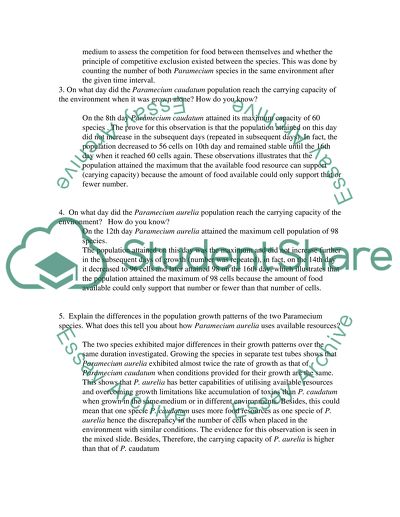Virtual Lab #3 Assignment Example | Topics and Well Written Essays - 250 words. Retrieved from https://studentshare.org/biology/1699227-virtual-lab-3
Virtual Lab #3 Assignment Example | Topics and Well Written Essays - 250 Words. https://studentshare.org/biology/1699227-virtual-lab-3.


